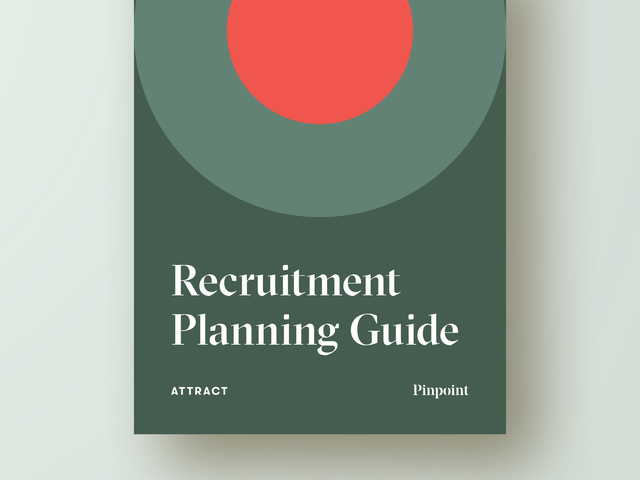
Take Pinpoint’s own Head of Talent Acquisition, Mike Bradshaw, PHR, who joined after the budget was set and job postings were live. In just 30 days, he was able to reign in our processes, lay out our strategy for the year, and set the company up for greater hiring success.
Whether you are joining a new team or need to adjust your strategy mid-year, these are his 3 steps for getting more control and visibility—fast.
1. Define the headcount plan
Meet with senior leadership and department heads to understand their annual goals and talent needs. Review each teams’ headcount requests and discuss how new hires will contribute towards target outcomes.
Make sure you also check in on potential backfills and promotions so your team isn’t blindsided when they occur. Finally, identify who the approvers are for each role to avoid bottlenecks down the line. These discussions will give you greater visibility across the team and opportunities to collaborate with leadership.
2. Prioritize action items
Determine which roles to start hiring for first, either because they’re important to company goals or because they’ll be difficult to hire. Create an action plan and align with stakeholders so they are aware of why you’re prioritizing certain roles above others.
3. Outline recruiting needs
Do you have what you need to do the job? List out all the resources you will need, and look closely at the recruiting budget to ensure you have appropriate amounts allocated for technology, capacity, and marketing.
Whether you decide you need to purchase new software, hire additional staff, or procure agency support, expect these processes to take months. Use the first 30 days just to understand what you might need and when so you can get started as early as possible.
Get started now with our free recruitment planning template
Throughout the process, keep HR and DEI in mind
Align with HR
Ensure they have viewership over the plan for onboarding and other critical considerations for new talent.
Factor in DEI Goals
In your earliest conversations, remember to ask about company goals for diversity, equity, and inclusion. For example, is the company looking to increase the percentage of underrepresented people on the team, at certain levels, or in particular stages of the hiring process?
If the organization does not have clear DEI goals, this is a great time to start that dialogue. Then, your team can include these goals in your plan and find opportunities to make the entire process more equitable.
Ask a ton of questions and be selfish with your time
Set a Realistic Goal
30 days can fly by, especially when you are in a new role or juggling multiple priorities. Give yourself grace, understanding that it will be a process—getting control over recruitment is always a challenging task.
Realistic goals for this time period would be to
- Assess what data you have, what data you need, and key metrics like time to hire to level set with senior leadership
- Define the headcount plan and budget, with approval from key stakeholders
With this foundation in place, you will have more freedom to start hiring and improving upon your recruitment strategy.
As you move through this process, Mike’s advice is to “ask a ton of questions and be selfish with your time.” Inevitably, things will change after 30 days—but with as much visibility as possible, you will be able to act quickly and confidently.




